Interprofessional Collaboration: Teamwork in Healthcare Organizations
VerifiedAdded on 2023/06/15
|6
|1109
|298
Essay
AI Summary
This essay delves into the critical topic of interprofessional collaboration and teamwork within healthcare organizations, specifically from a nursing standpoint. It elucidates the meaning of interprofessional collaboration, emphasizing the involvement of diverse healthcare professionals, caregivers, families, and patients, all contributing unique perspectives to ensure the highest quality of healthcare. The essay outlines the essential characteristics of effective interprofessional teams, highlighting their impact on patient safety and care, and discusses the benefits and limitations for healthcare organizations, team members, and patients. Challenges such as organizational barriers, lack of funding, legal constraints, and interpersonal conflicts are examined, along with strategies to foster effective collaboration, including continuous professional learning and training. The essay concludes by emphasizing that successful interprofessional teams prioritize patient-centered care and rely on the knowledge level of professionals and robust organizational support, essential for driving positive change and achieving common goals in healthcare delivery. Desklib offers a wealth of resources, including similar solved assignments, to further support students in their learning.
1 out of 6

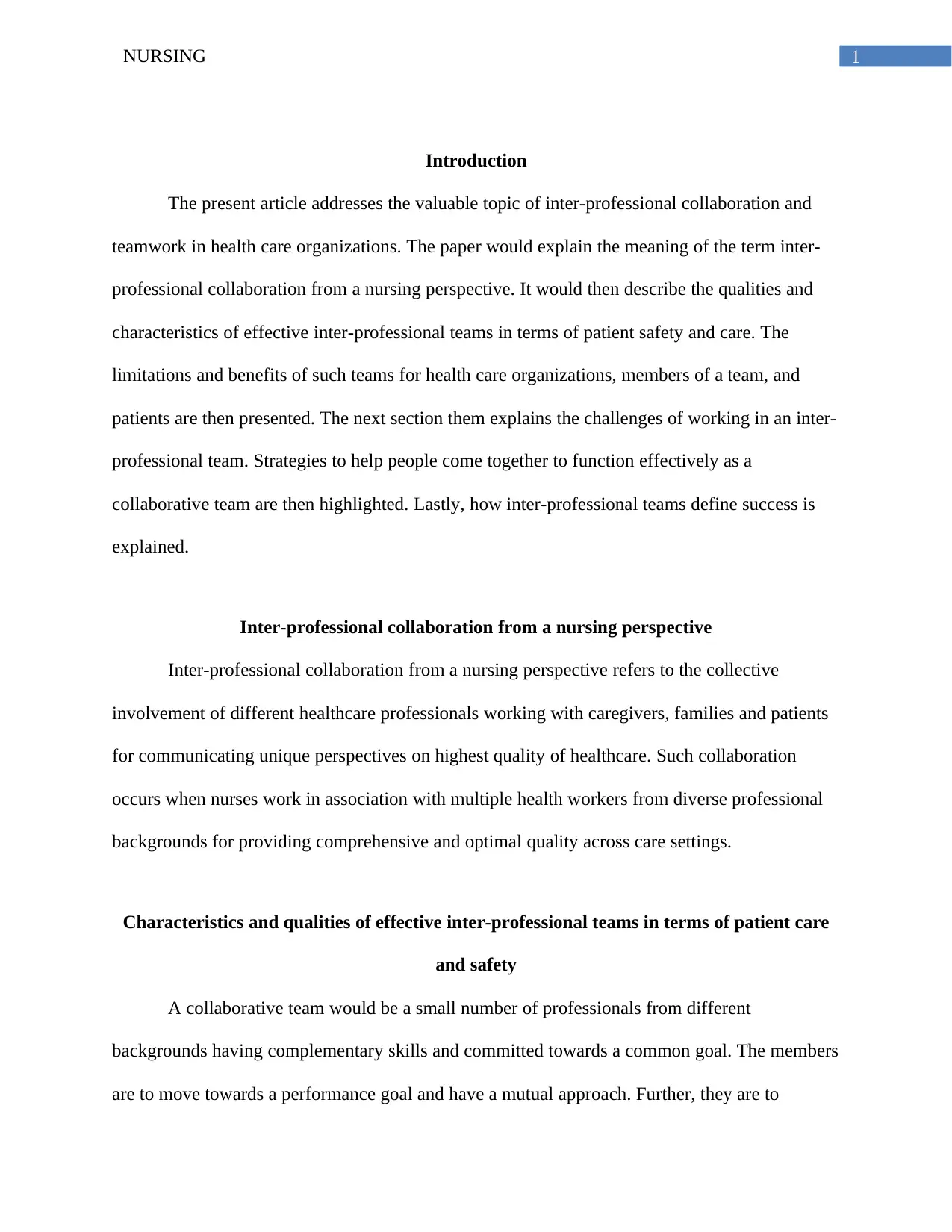
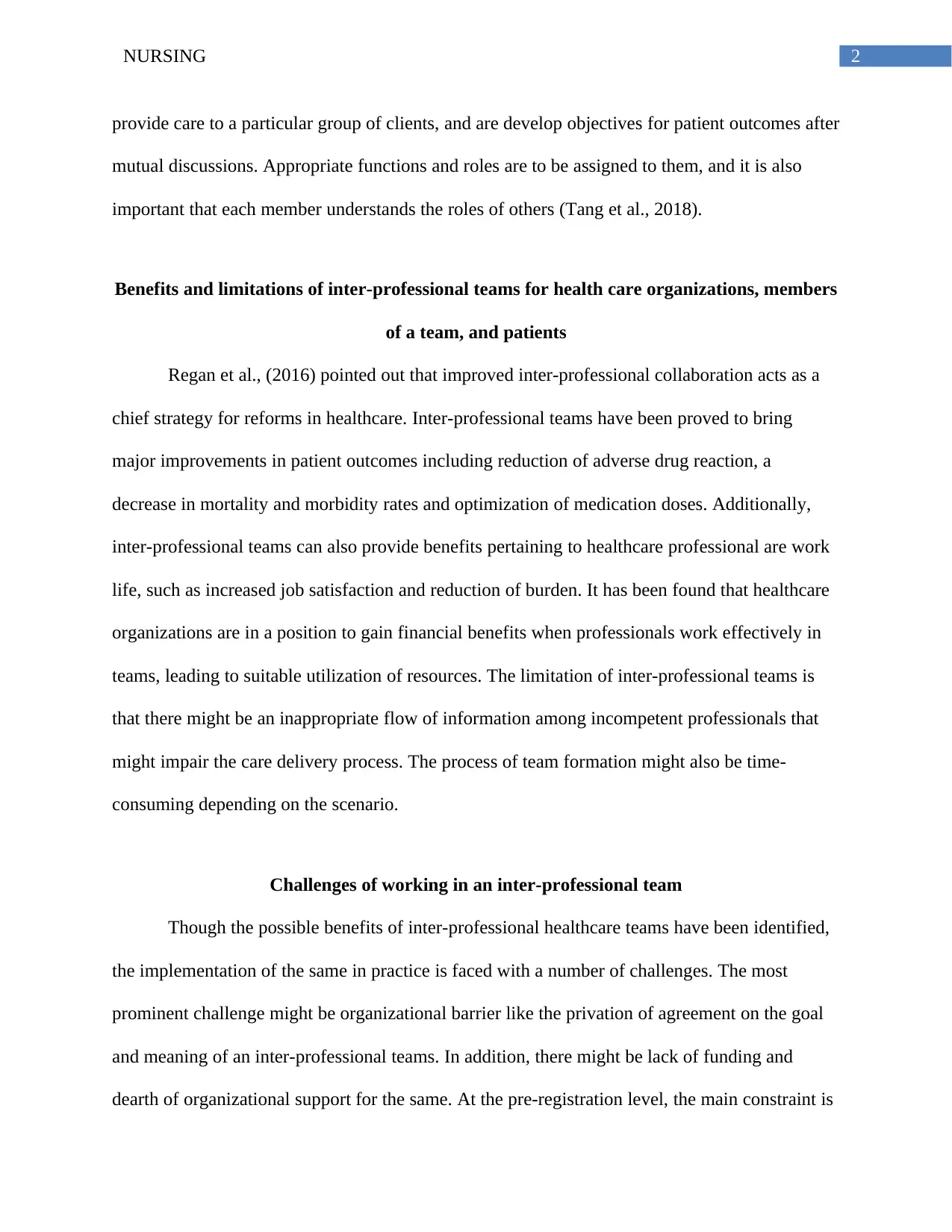

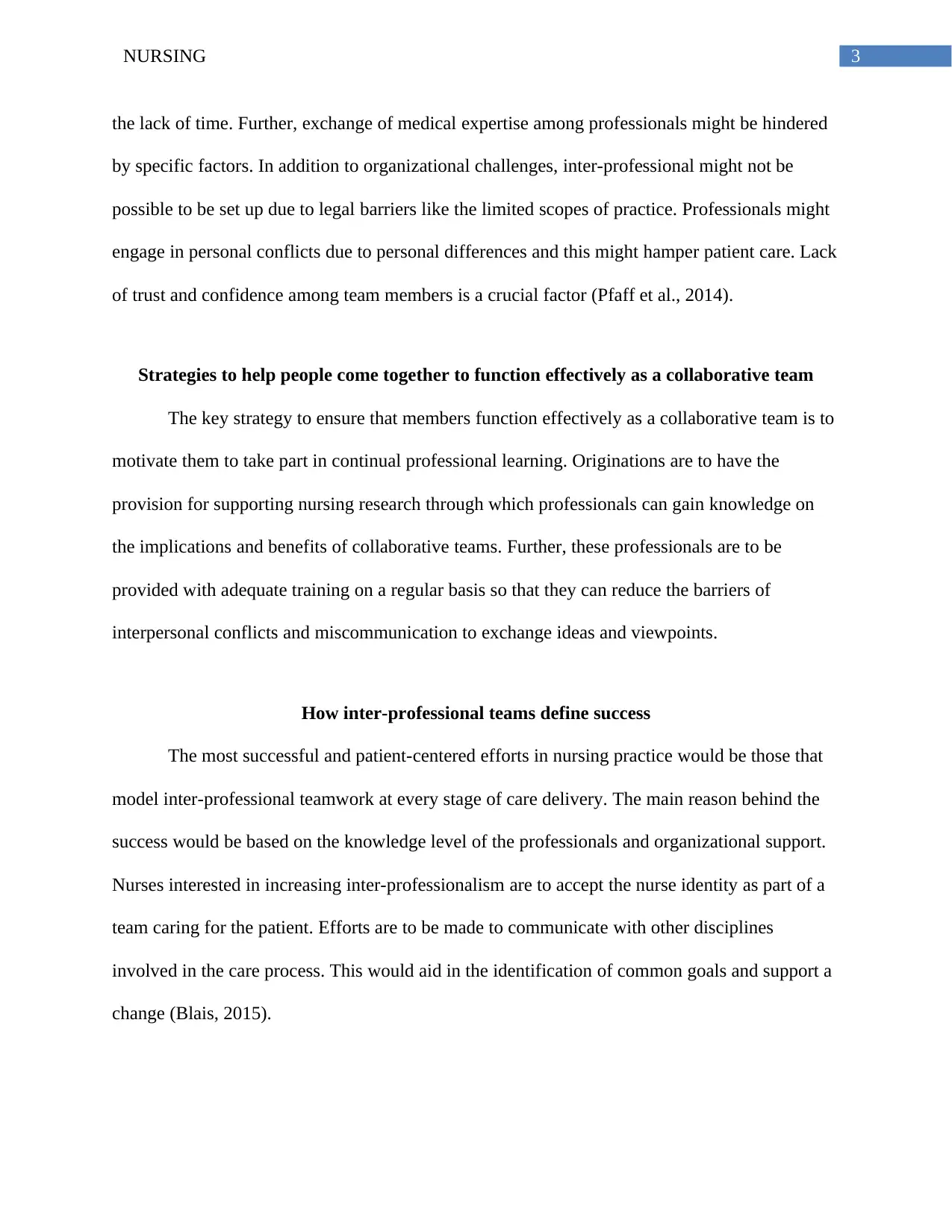
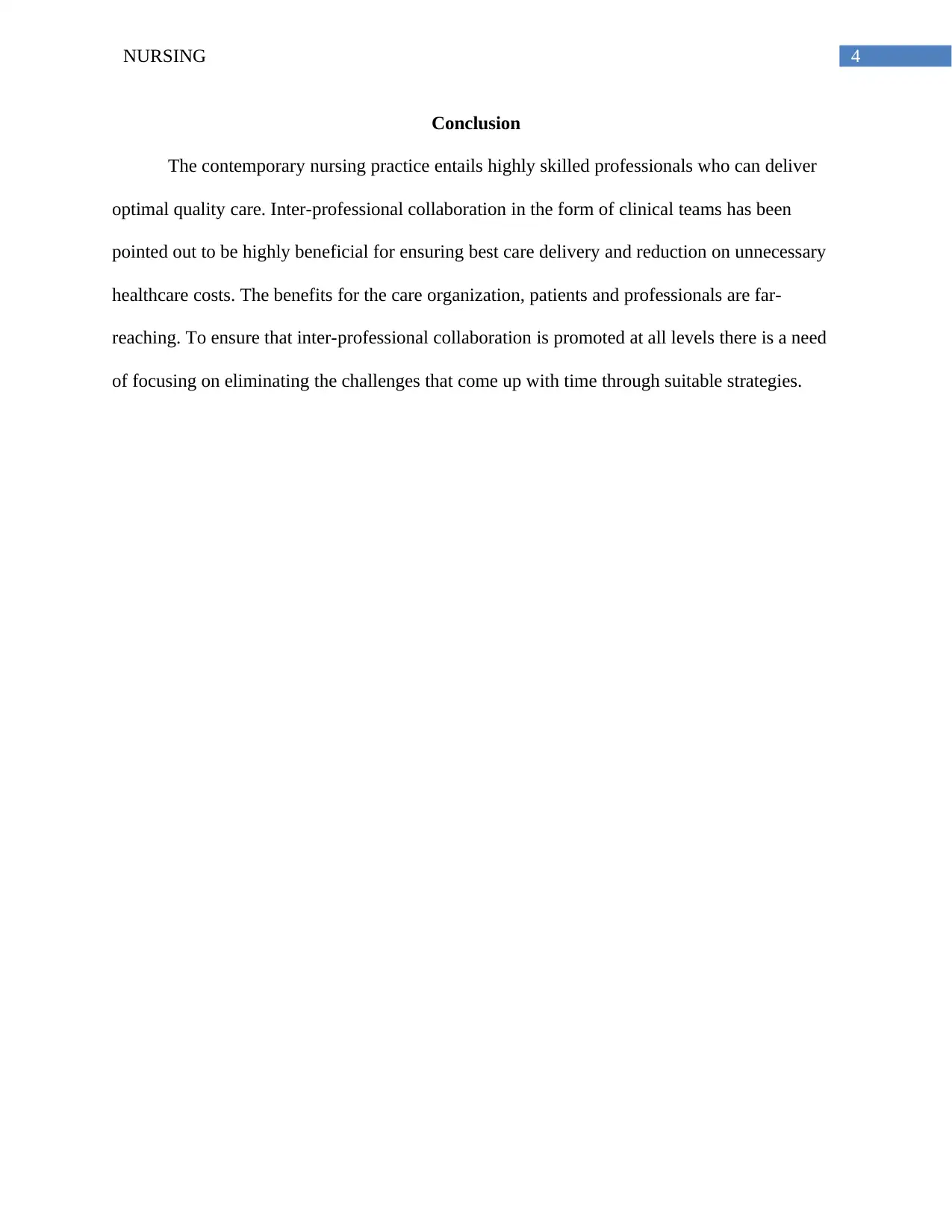
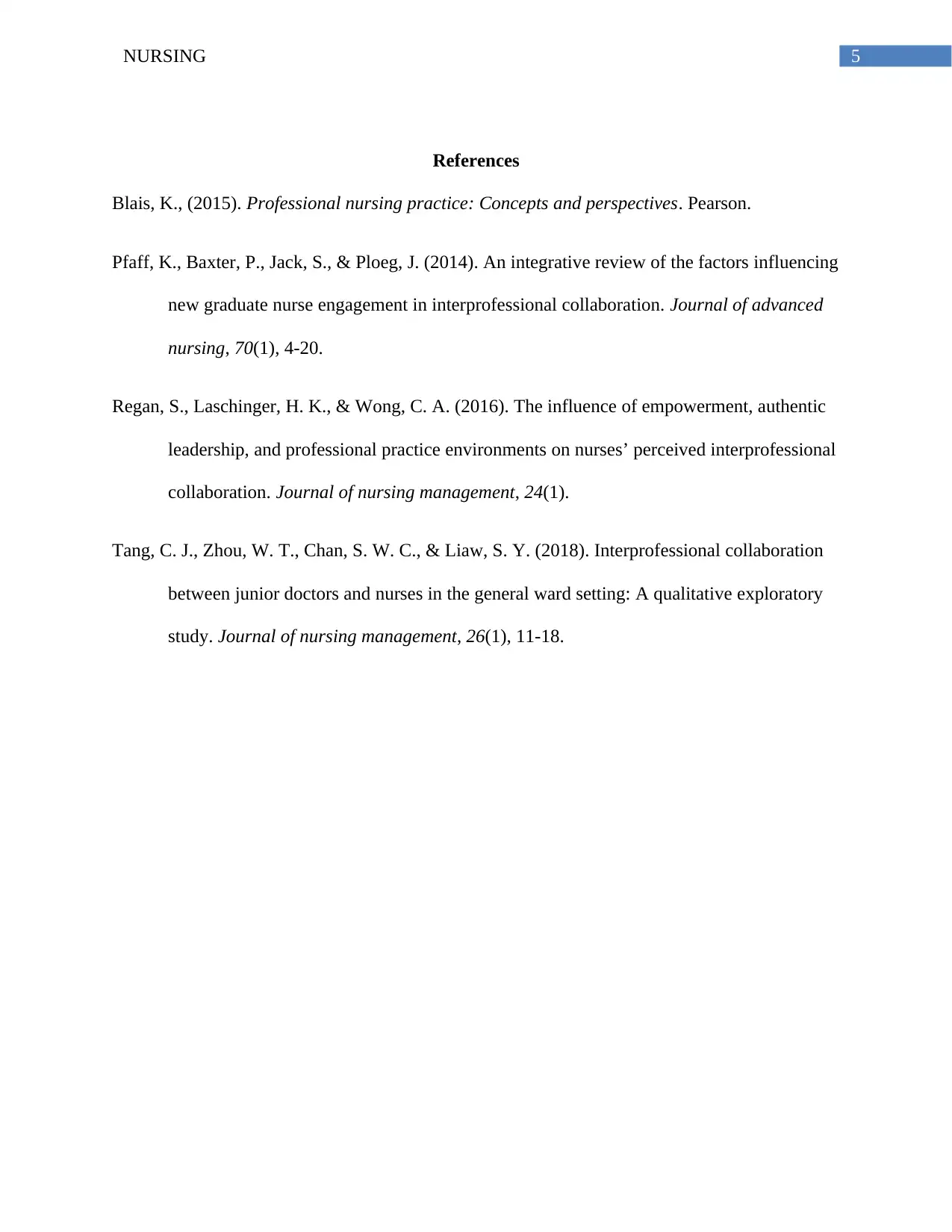






![[object Object]](/_next/static/media/star-bottom.7253800d.svg)